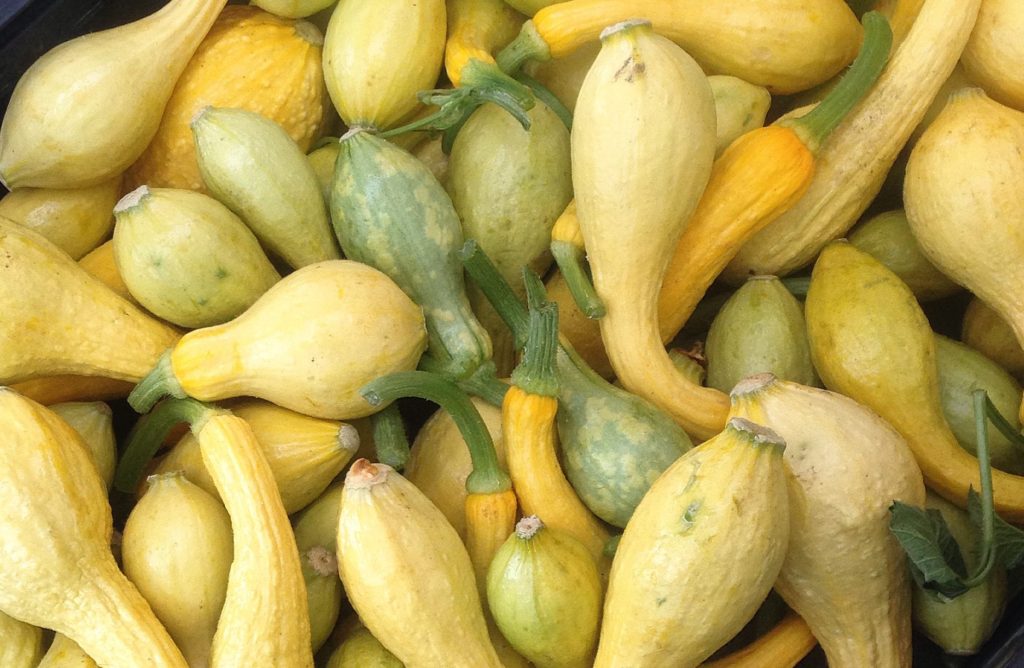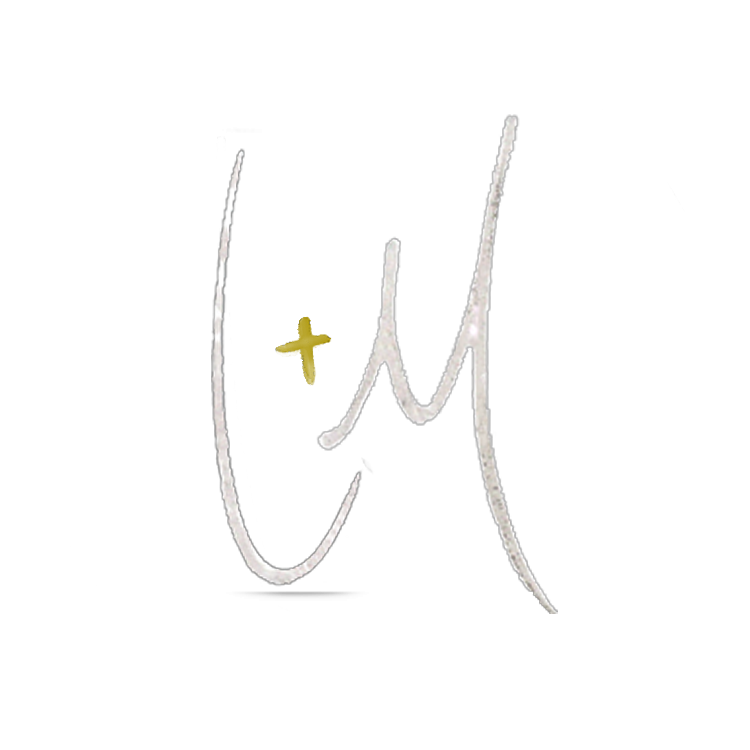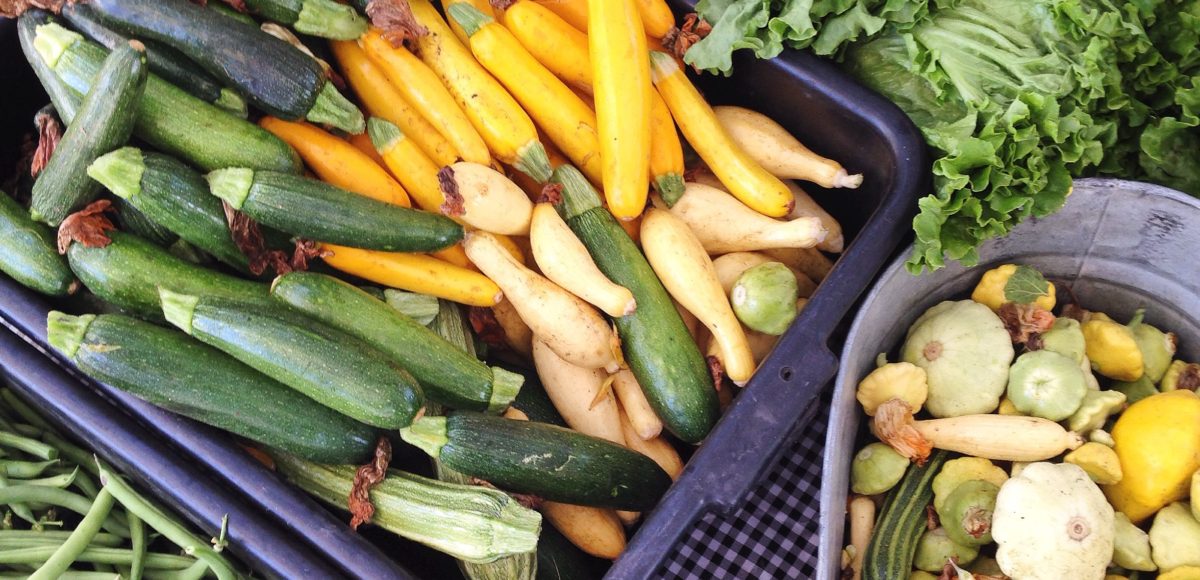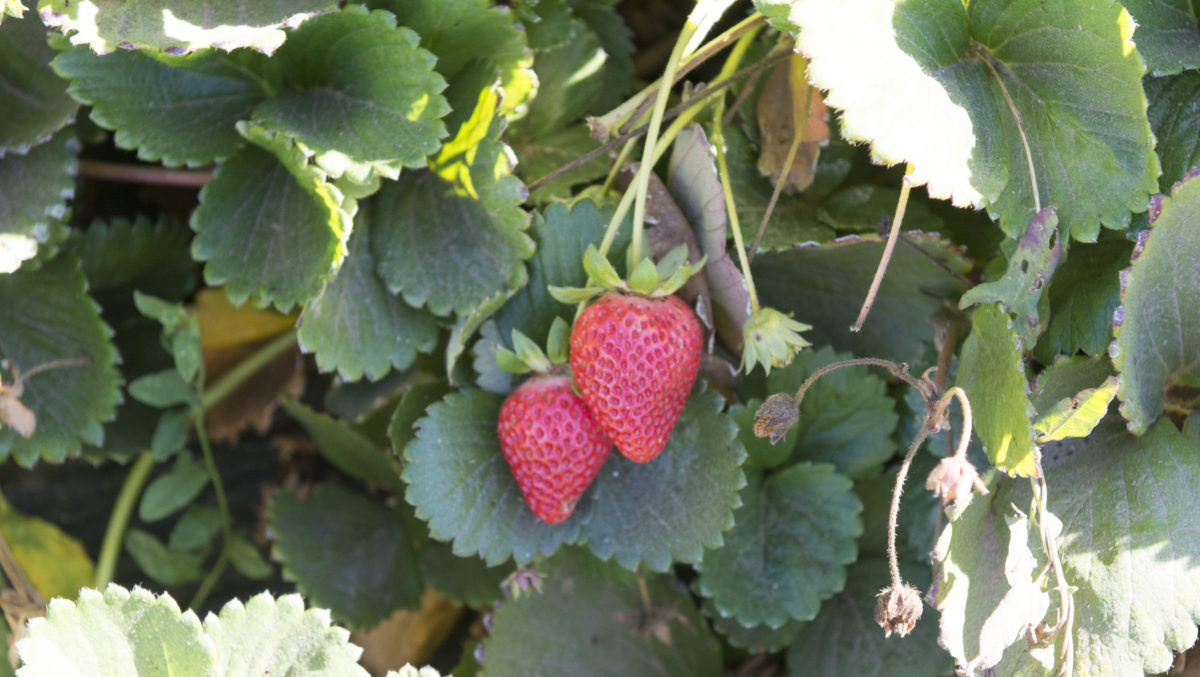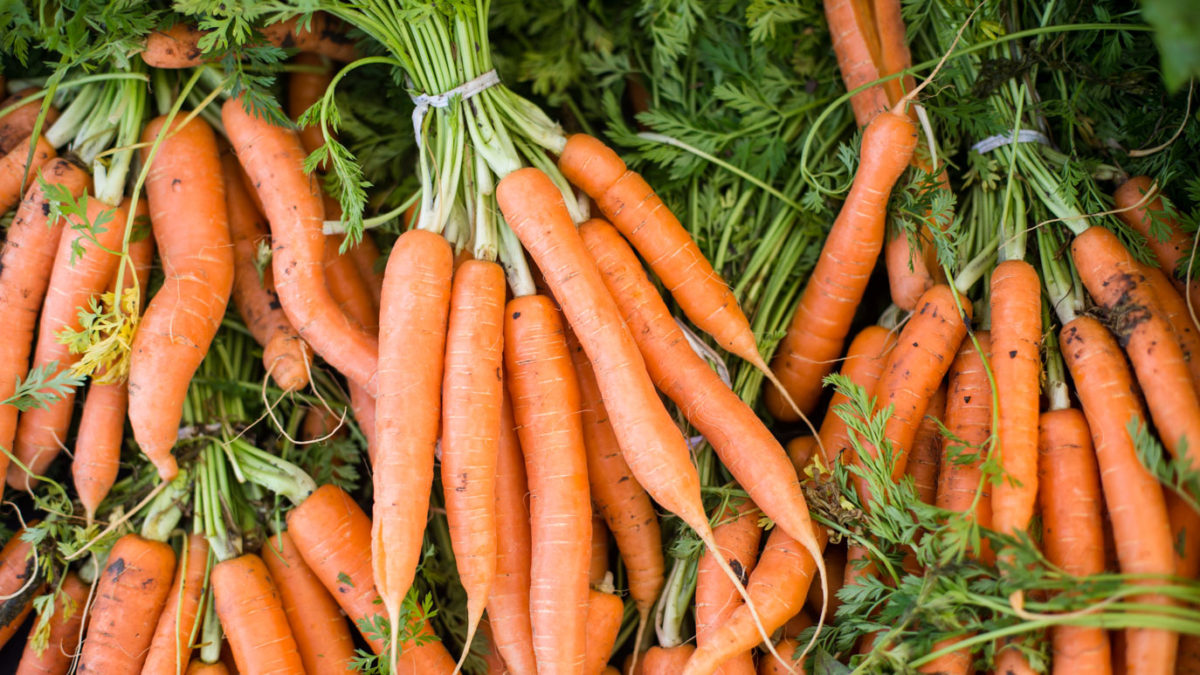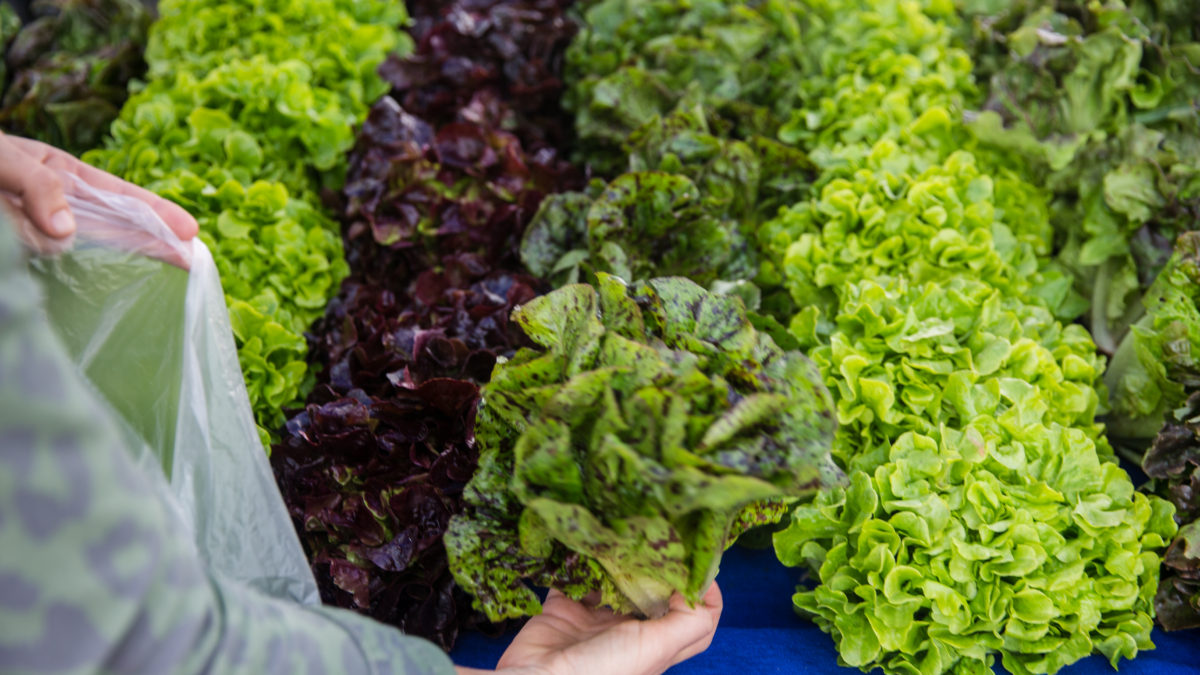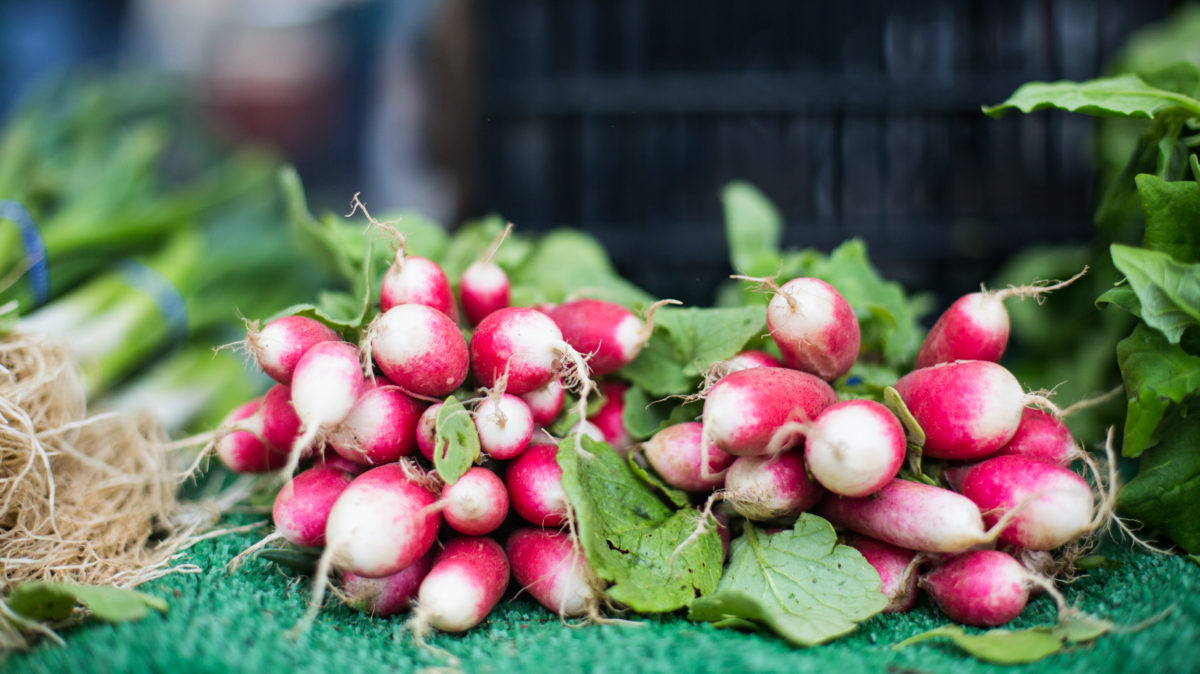Contrary to common belief, the terms “summer squash” and “winter squash” are related to when the squash can be eaten, rather than when they are harvested at available at markets. Summer Squash has a thin, delicate skin that requires it to be stored in the refrigerator and to be eaten within a few weeks of harvest. Winter Squash can be stored on the counter, in a cool dry place, and eaten throughout the winter months.
Typically available from late Spring through Fall, the many colors, shapes, and sizes of Summer Squash make it a really fun item to buy and prepare.
Look for squashes no larger than 10-12 inches in size, that are firm and free of splits or cracks ~ unless of course you can get the cracked squash at a discount and will use it for baking. In that case, scoop ’em up!
All summer squashes can be enjoyed cooked or raw and pair well with lots of other summer flavors, so experiment and have fun! If you’re new to preparing this type of squash, simply cut it in half lengthwise, toss it in olive oil, sprinkle it with salt and pepper, and grill or roast it until tender and slightly browned. It’s an easy preparation that never fails to be delicious.
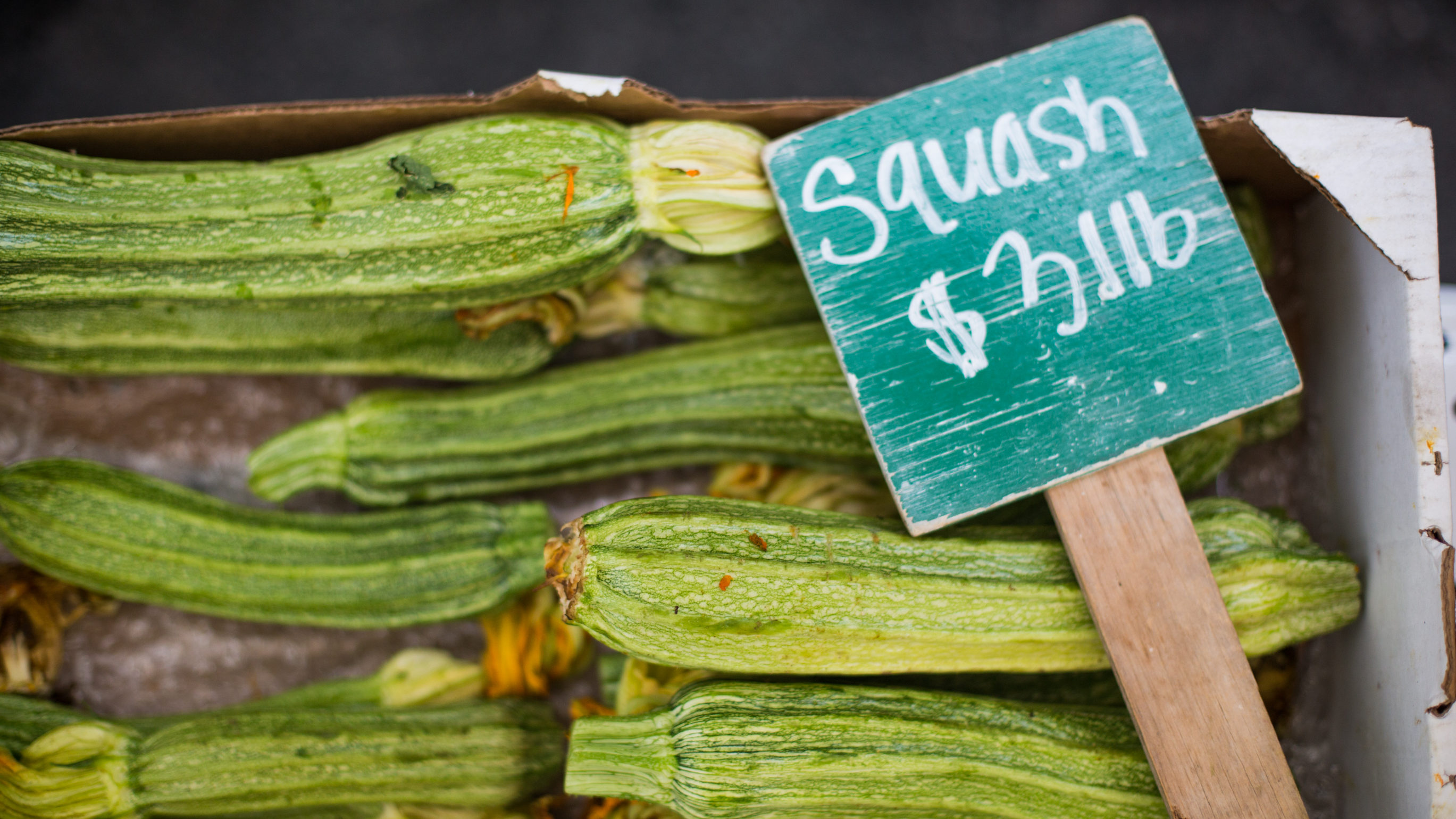
Costada Romanesco
An heirloom Italian squash considered by many to be the best tasting and best textured summer squash of all. It is sometimes called “cocozelle” or ribbed Roman zucchini. Wonderful raw or cooked, the flavor of this heirloom squash is sweet and nutty.
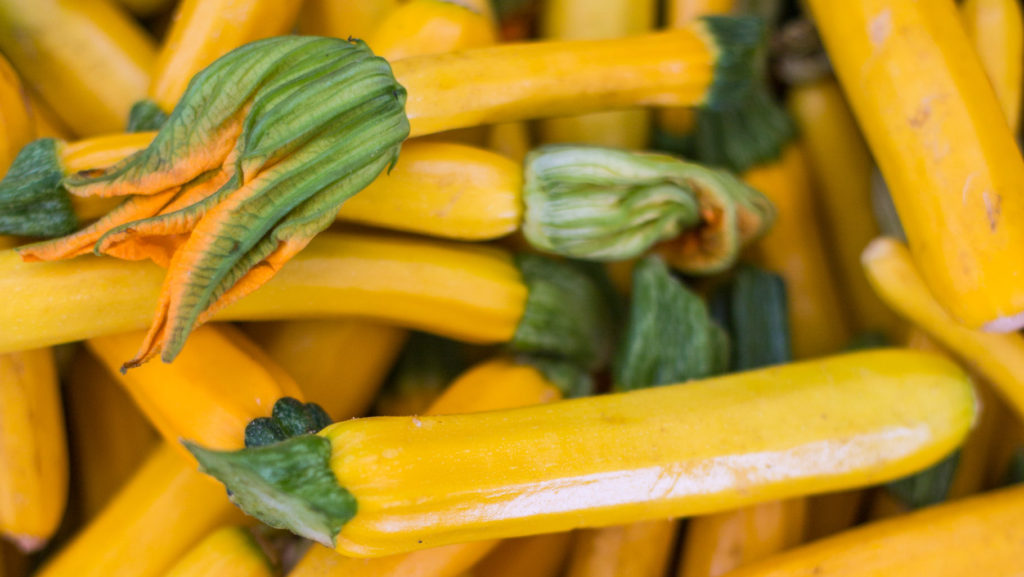
Goldbar
Likely named for its bright yellow skin and long slender shape, this squash is similar to green zucchini in taste and texture, and can be used interchangeably in recipes.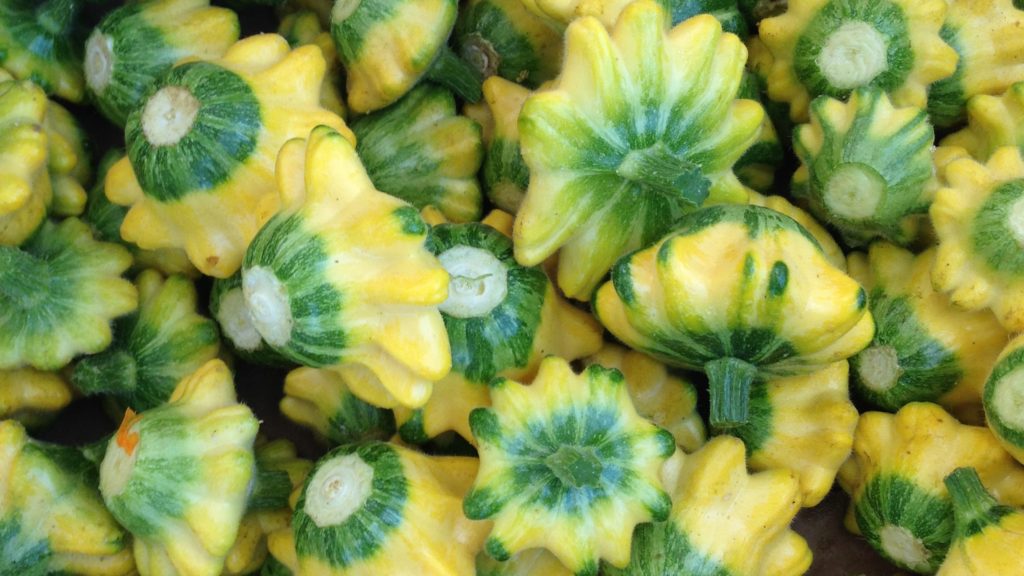
Starburst
Aka Pattypan, Sunburst, and a hoast of other names. This bright green and yellow variety is my favorite of all the summer squashes. Just seeing them makes me happy!
Eightball Squash
This squash is called everything from “Eightball” to “Avocado” to “Round” Squash, and offers about as many options for preparation as it has names. The smallest rounds are great for slicing in half and roasting or grilling. The larger size is great for stuffing, or slicing for squash pizzas.